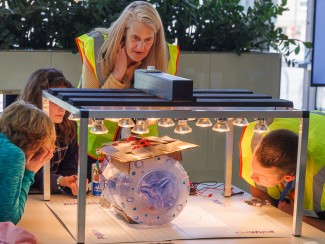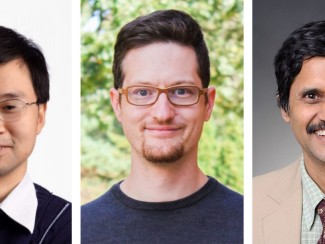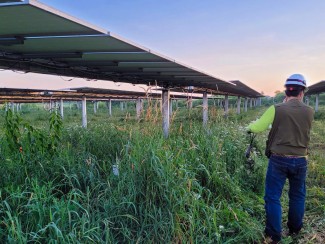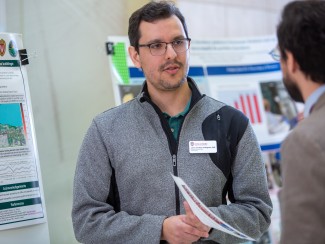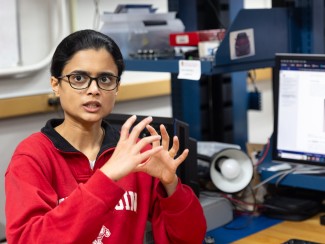The history of energy-related research at UW–Madison, part 1
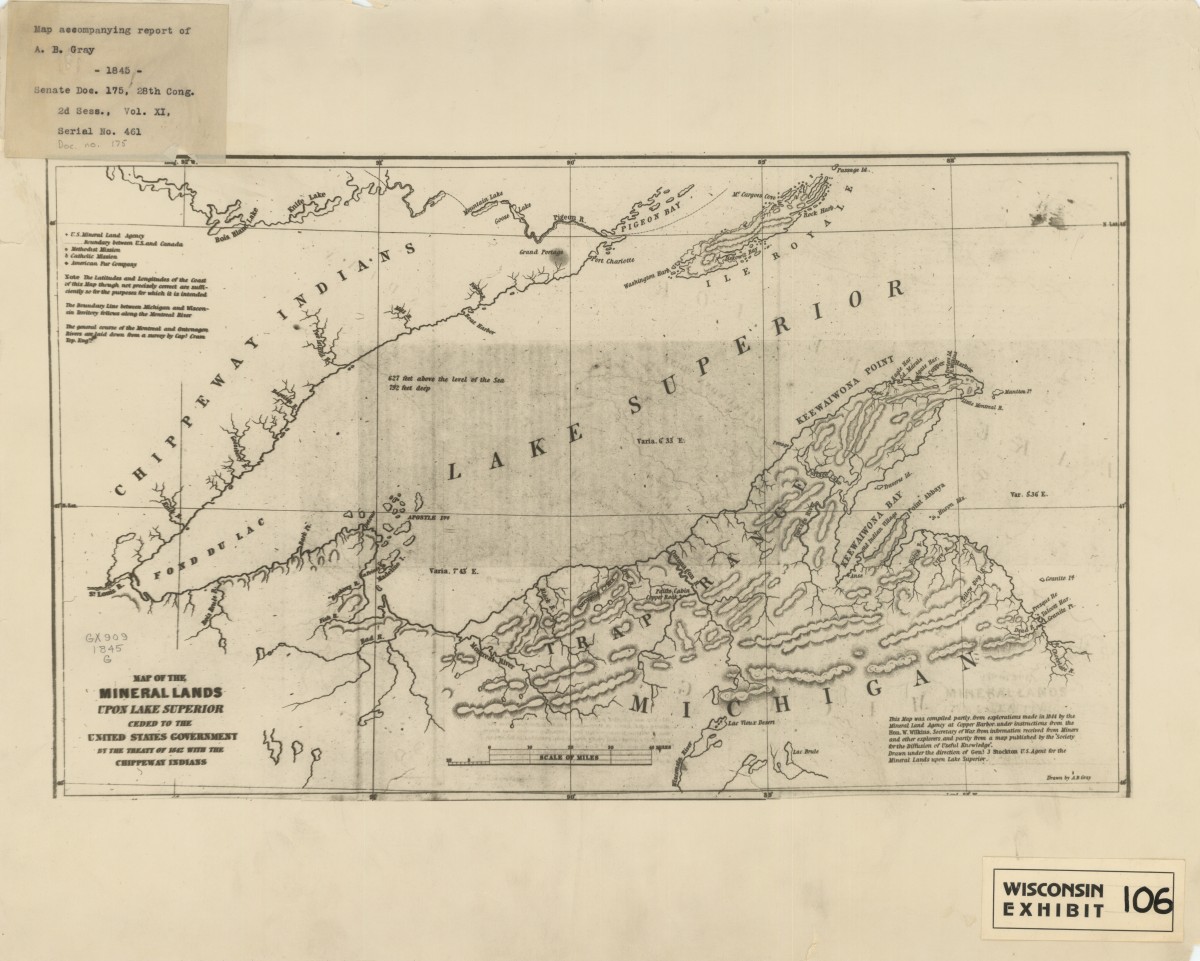
In a sense, the University of Wisconsin–Madison was built for energy research.
With one foot still planted in classical education and no postgraduate studies, the university established by state lawmakers in 1848 didn’t resemble a modern research institution.
But even in those early days when students lived in dorm rooms lit by oil lamps and heated by wood stoves, the university was pursuing applied science research, said Adam Nelson, a professor of history and educational policy studies at UW–Madison.
“It’s there from the start,” Nelson said. “It’s just not big.”
Energy wasn’t the explicit subject of that research. In the more than 1,400 pages of Merle Curti’s two-volume history of the university’s first 77 years the word is reserved for human vigor. But it was the subtext.
Nelson, who is writing a book on higher education in the early republic, said fields like geology, mineralogy, and chemistry emerged in the early 1800s, driven by an interest in finding, classifying, and using fossil fuels and other resources that would enable a new industrial economy.
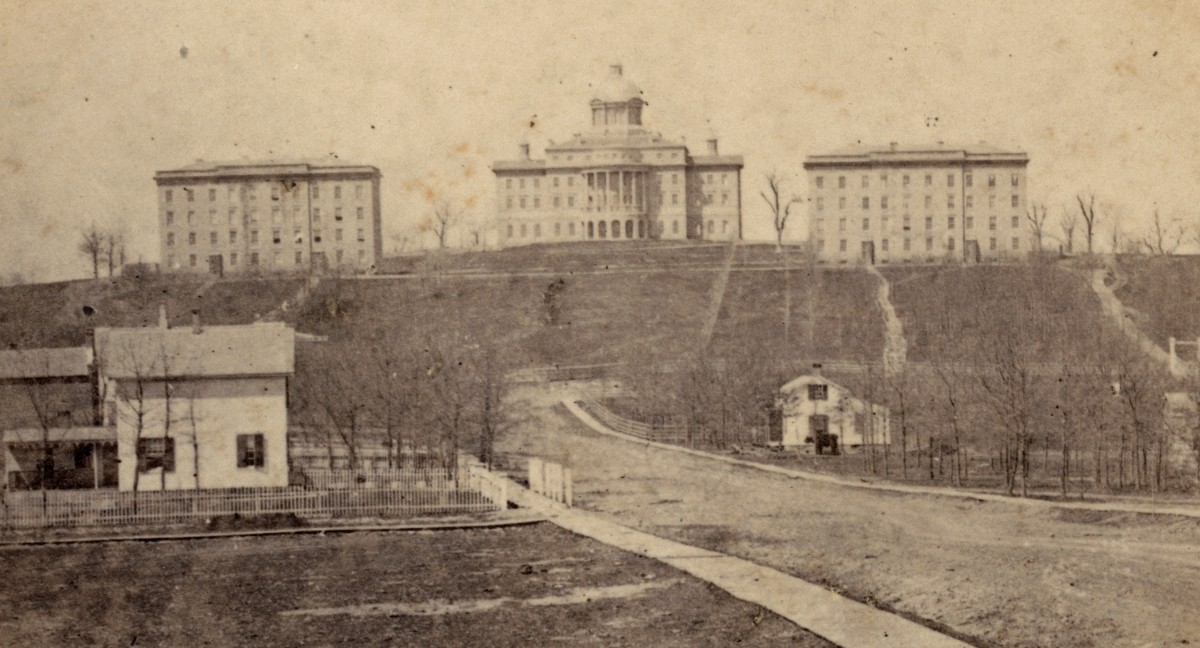
By midcentury, universities were shifting their focus to compete with mechanical and polytechnic institutes, and states were funding geological surveys to determine if they had resources like coal, iron, and copper.
That laid the groundwork for new states in what is now the Midwest to set up a scientific infrastructure, in the form of public universities, to support economic development.
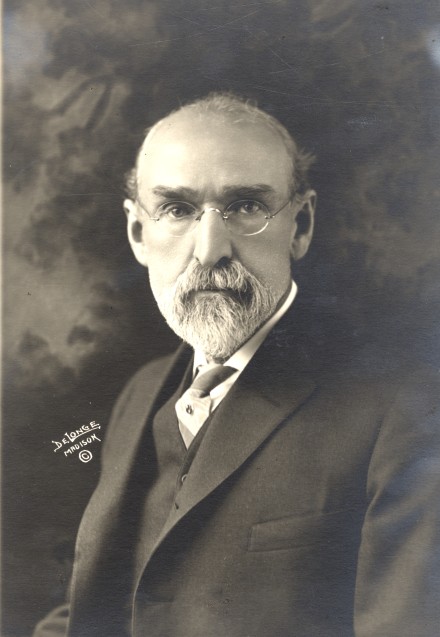
UW–Madison launched its first postgraduate course after the Civil War, and in 1882 awarded the first master’s degree to Charles Van Hise, an instructor of chemistry and metallurgy who later became president of the university. Van Hise earned the first PhD a decade later for his research on the geological structure of the iron and copper-bearing districts of Lake Superior, which, according to Curti, were “of great practical value to mining men of the region.”
“The new universities contributed to new energy solutions from the very beginning, when the nation was shifting from a timber economy to a coal economy,” Nelson said. “It's all about energy.”
Entering the 20th Century, the university emerged as a leader in agricultural, wildlife ecology, biochemistry, and health, though faculty were contributing to energy research in sometimes surprising ways.
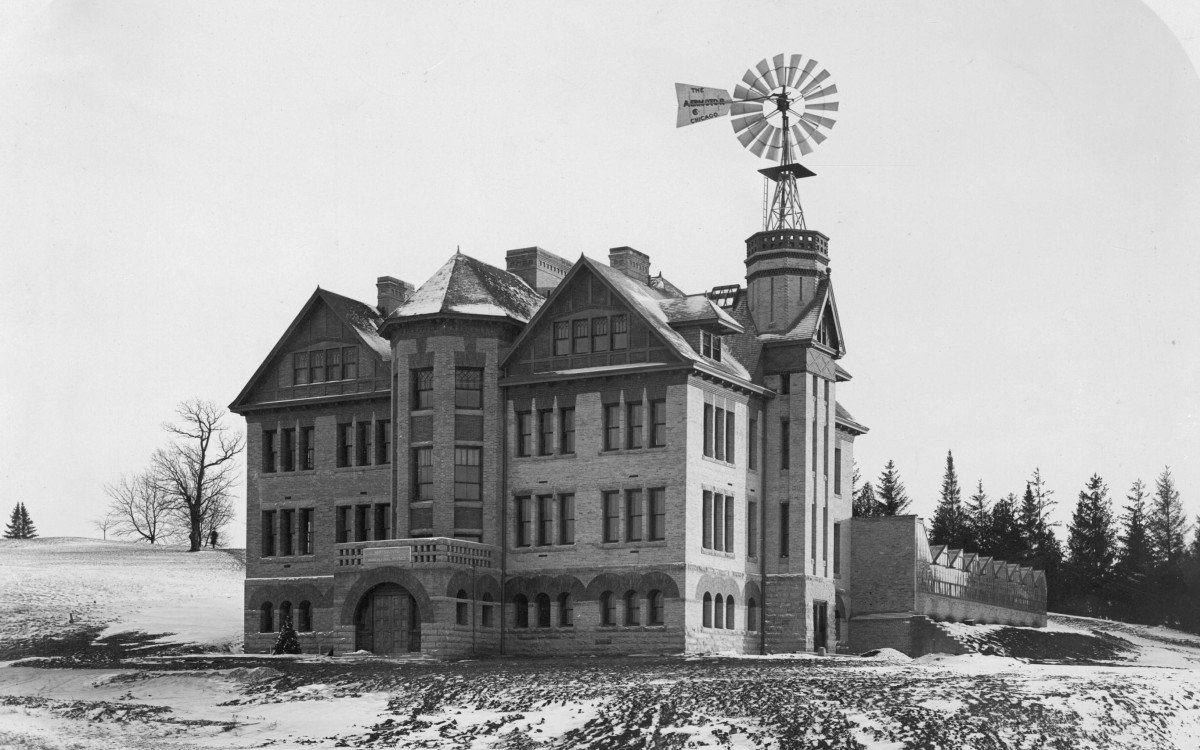
In 1898, agricultural physicist Franklin H. King published a pioneering wind power study, conducted using a windmill atop the Agricultural Physics Laboratory, now known as King Hall. His goal was to document exactly how much work the windmill could do during each hour of the day over the course of a year, something that had never been measured.
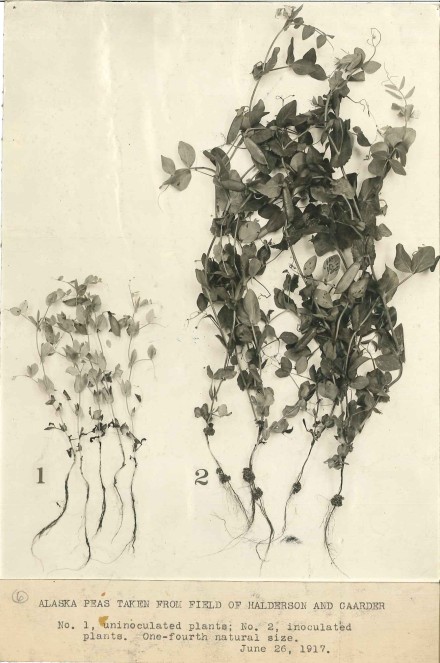
“These are the essential facts which the practical man needs to know, and they are in the form which is most readily accessible to him,” he wrote. “At the same time the data are in such shape that those who wish to use them for scientific purposes will be able to do so.”
In the early 20th century, university scientists began distributing nitrogen-fixing bacteria cultures that helped farmers improve the yield of legumes like soy, peas, and alfalfa. This saved farmers money, but it also reduced the need for chemical fertilizers, which account for about 1% of the nation’s energy use.
The effort was so effective that in 1924 commercial fertilizer manufacturers tried, unsuccessfully, to outlaw the practice.
“Farmers still buy dried powders of these same bacteria to allow them to use less fertilizer,” said Tim Donohue, professor of bacteriology and director of the Wisconsin Energy Institute.
Engineering power
The University of Wisconsin–Madison boasts the nation’s first solar energy lab and oldest university engine research center, as well as a nuclear reactor and one of the nation’s oldest and broadest plasma science and fusion energy research programs.
Much of that history resides within the College of Engineering, which underwent rapid growth in the late 1800s to meet the demand of an emerging industrial society.
“Our college has been particularly strong in new and advanced technologies for generating, converting, distributing, storing, and using energy efficiently and sustainably,” said Renee Meiller, the college’s communications director.
In 1888, four decades after the university was founded and just six years after the first electric lighting was installed, the regents established a department of electrical engineering.
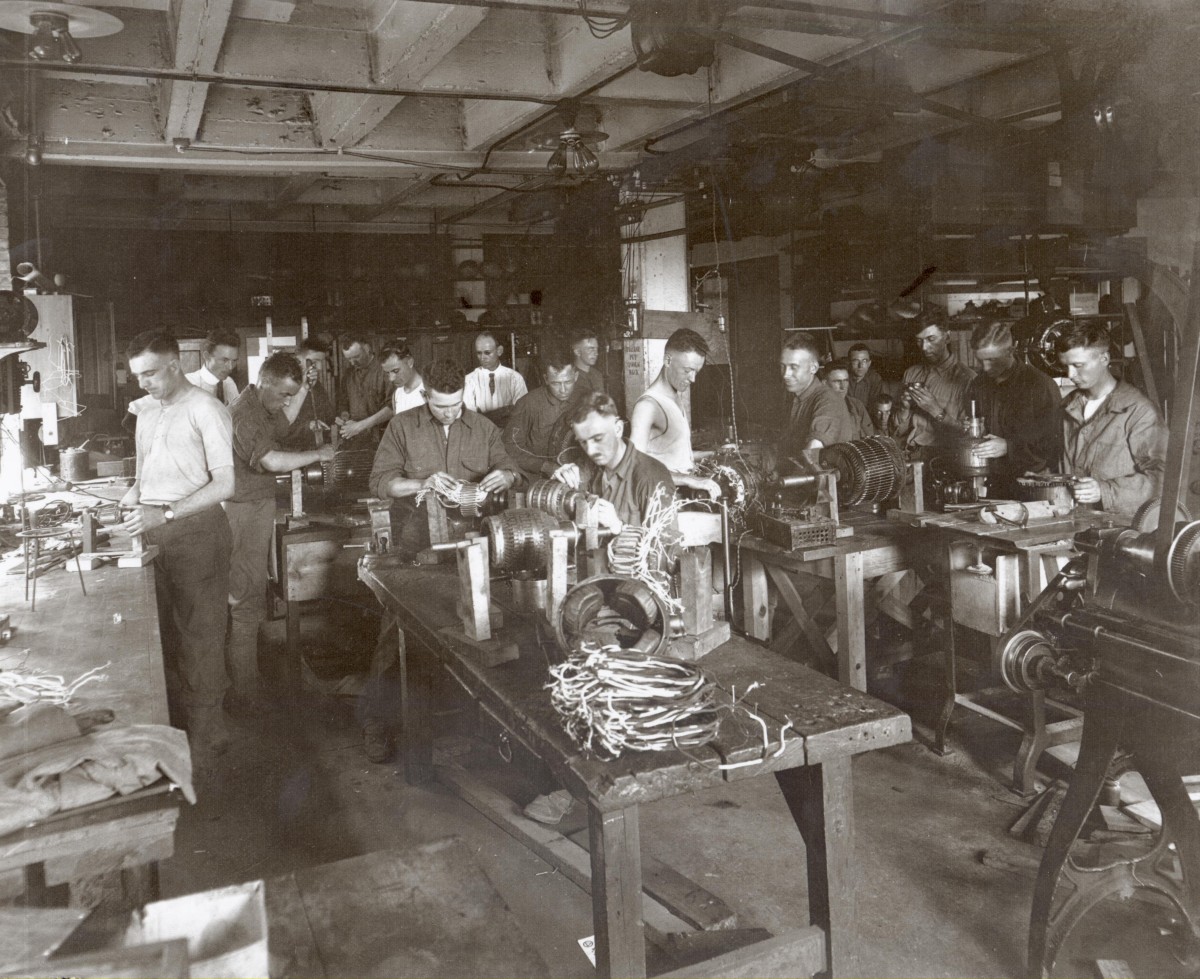
Under the guidance of Dugald Jackson, an expert in the emerging fields of alternating current and dynamos (as early generators were known), the university earned a reputation as one of the nation’s top schools of electrical engineering.
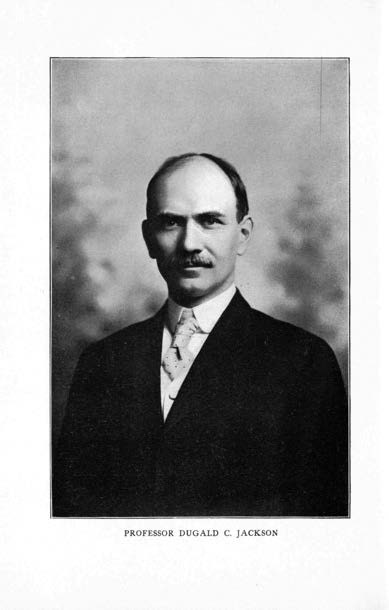
The Massachusetts Institute of Technology later recruited Jackson to lead its electrical engineering department.
“It was a formative time,” said Tom Jahns, an emeritus professor of electrical engineering. “I think he played a key role in helping to get it launched and to kind of set the stage for what continued on after he left.”
In the 1940s, mechanical engineers Phil Myers and Otto Uyehara established the Engine Research Center with the aim of understanding and optimizing internal combustion engines.
Still running after nearly eight decades, the lab remains focused on increasing engine efficiency, reducing emissions, and evaluating how alternative fuels such as ethanol, isobutanol, and methylbutanol affect engine performance.
UW–Madison has maintained a focus on electric power technologies, the machines that produce electricity and convert it into mechanical force, a research area that many universities moved away from in the 1970s.
“It was all considered to be old fashioned,” Jahns said. “It’s 100 year old technology, why would anyone be concerned about this?”
Though not always visible, this embedded technology has enabled revolutions in mobility – including electric and hybrid automobiles, personal mobility devices, ships, and even aircraft.
“It really is the glue that makes it possible,” Jahns said.
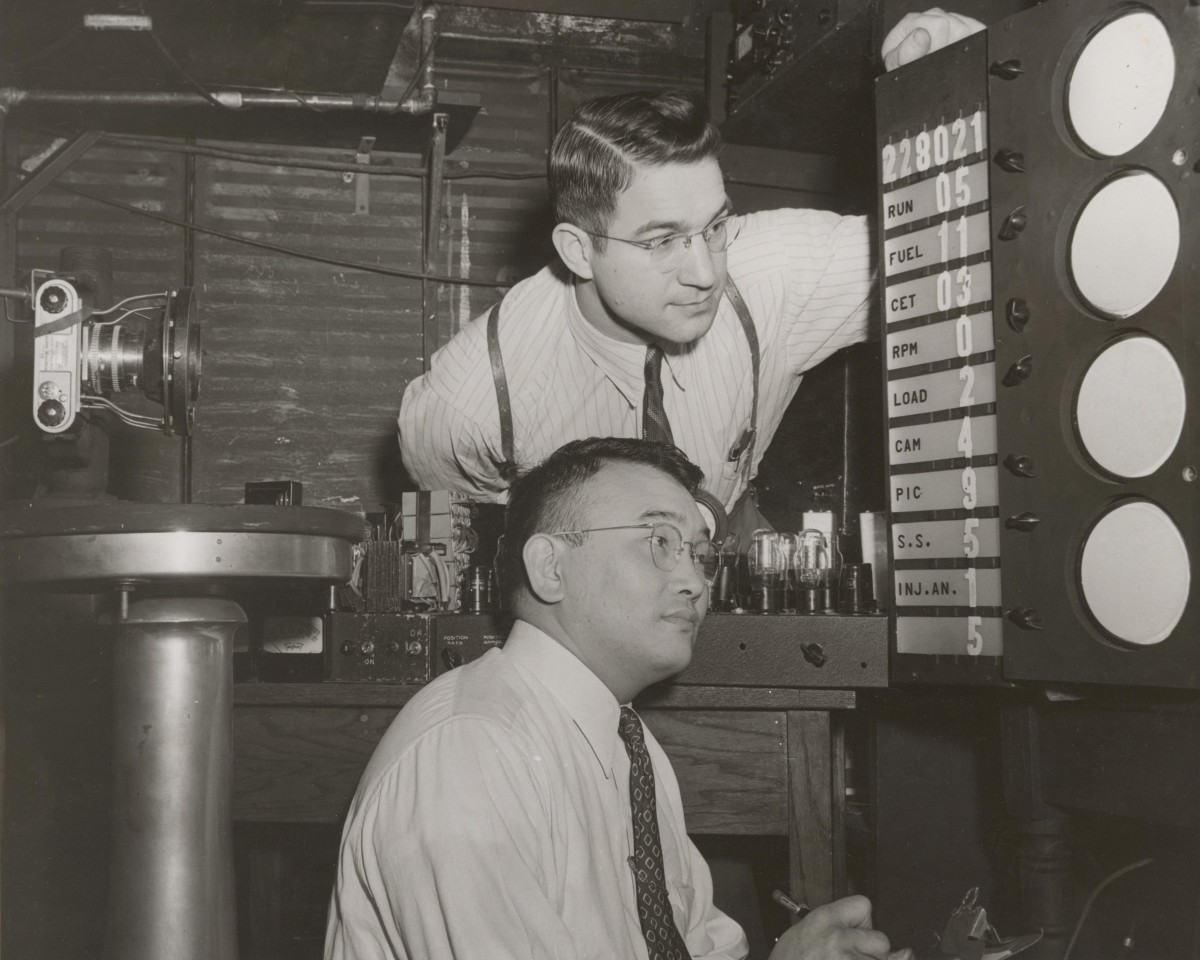
Another contribution, pioneered by emeritus professor Bob Lasseter: microgrids, self-contained electric-power grids that connect and disconnect seamlessly from the larger grid, offering improved resilience and enabling wider use of renewable generation.
As clean but variable energy sources like wind and solar supply more of our electricity, we will become increasingly dependent on energy storage to maintain reliability.
Today researchers across campus are working on new technologies – including liquid batteries, electro-chemistry, and thermal storage – that can enable larger, safer, and cheaper means of storing energy than the lithium-ion batteries that power most phones, laptops, and electric vehicles today.
Others study ways to pull heat from deep underground or to heat and cool buildings efficiently by using the Earth itself as a giant battery.

